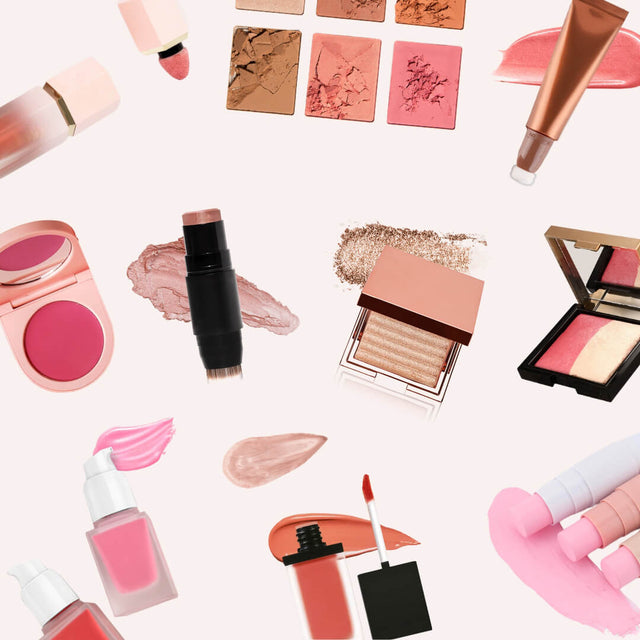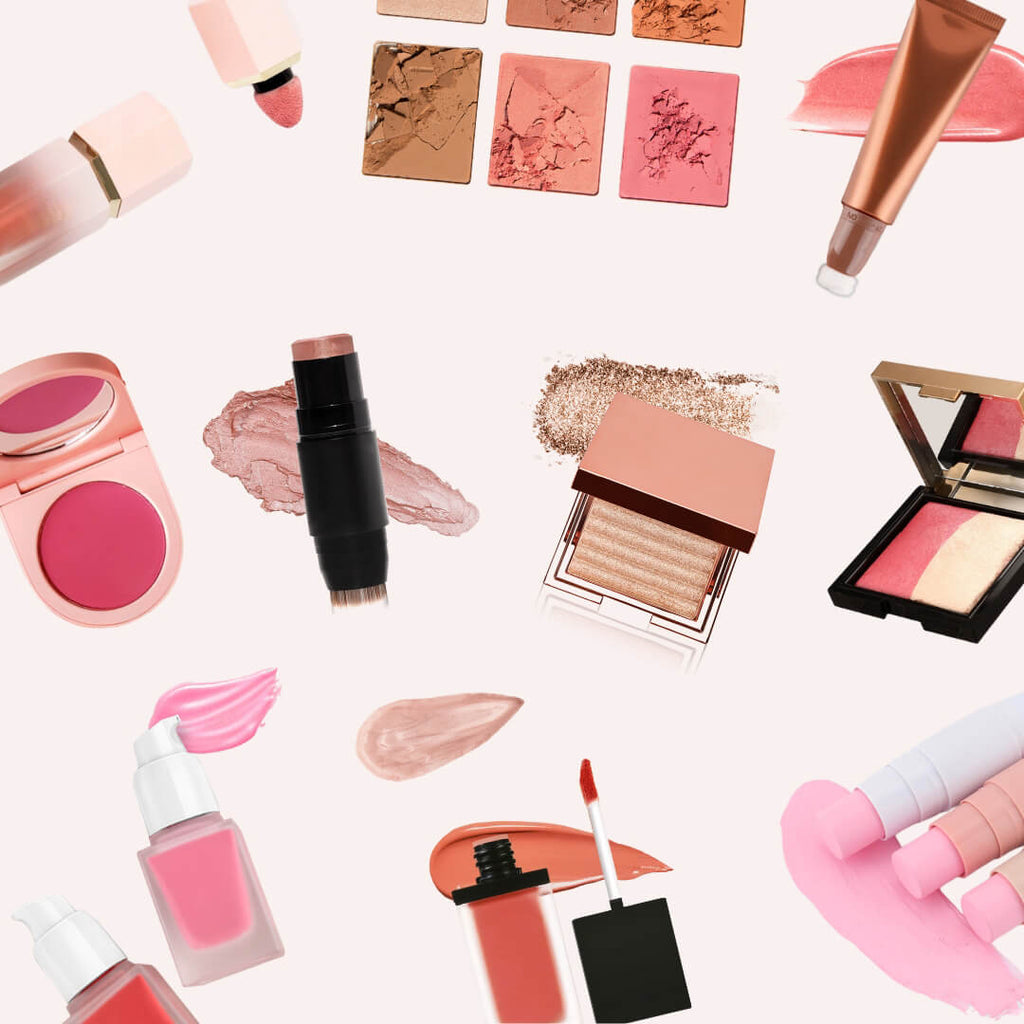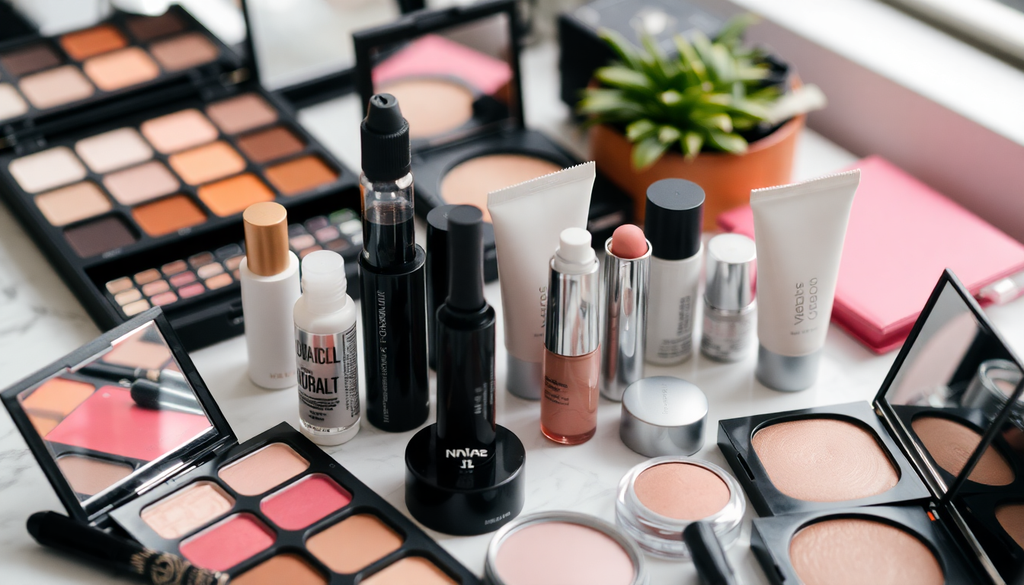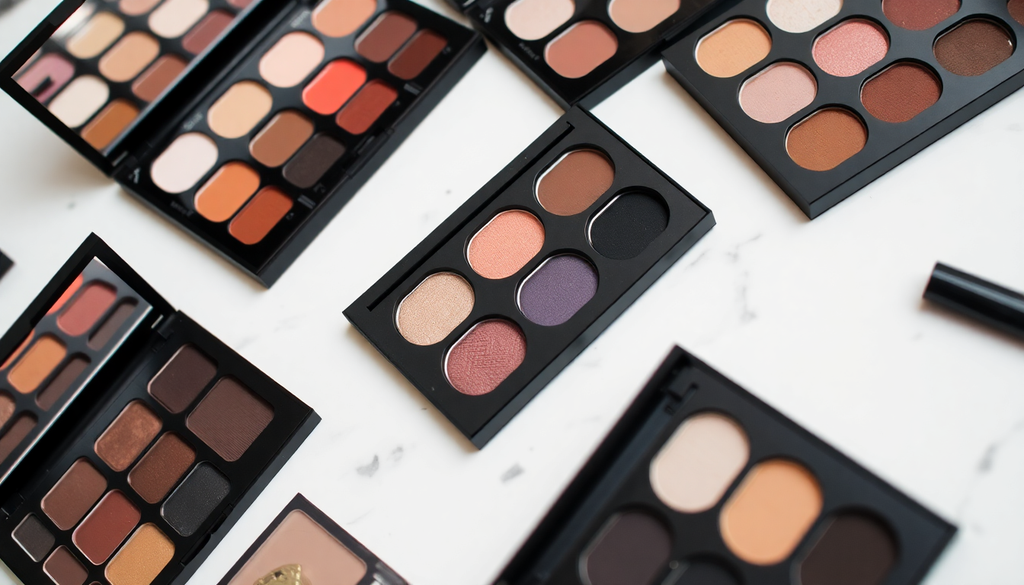
Your Step-by-Step Guide to Launching a Private Label Makeup Brand in 2025: Navigating Global Markets and Key Trends
Introduction
Launching a private label makeup brand in 2025 is an exciting venture, especially in a dynamic and ever-evolving industry. With the globalization of markets and the rise of e-commerce, entrepreneurs have unique opportunities to tap into various regions. This guide will walk you through the essential steps to establish your brand, navigate global markets, and capitalize on key trends.
Step 1: Research and Understand Global Markets
Before diving into the world of private label makeup, it’s crucial to understand the global landscape. Here’s a breakdown of some significant markets:
- United States: Home to a diverse consumer base, the U.S. market is competitive but offers vast opportunities. Brands must comply with FDA regulations and labeling requirements. Additionally, the U.S. is known for its trendsetting capabilities in beauty, making it essential to stay updated on emerging trends.
- European Union: In the EU, cosmetic products must meet strict safety standards and regulations set by the European Commission. Familiarize yourself with the Cosmetic Product Regulation (CPR) and the REACH regulation, which ensures that the substances used in cosmetics are safe for consumers.
- Asia-Pacific: Countries like South Korea and Japan are known for their innovative makeup trends, especially K-beauty and J-beauty. Understanding local preferences is vital, as these markets often favor high-quality, multifunctional products that offer unique benefits.
- Latin America: This region is rapidly growing in the beauty sector, particularly in Brazil and Mexico. Brands should consider local ingredients and cultural aesthetics to appeal to these consumers. In Brazil, for instance, the demand for vibrant colors and bold makeup is prevalent, reflecting the local culture.
- Middle East: The beauty market in the Middle East, particularly in the UAE and Saudi Arabia, is booming. Consumers here are keen on luxury products and are heavily influenced by social media and beauty influencers.
Step 2: Comply with Cosmetic Labeling and Import Policies
Each market has specific labeling requirements and import policies that must be adhered to:
- Labeling: Ensure your product labels include ingredient lists, usage instructions, and any necessary warnings. For example, the U.S. requires the declaration of allergens, while the EU mandates that all ingredients be listed in descending order of weight.
- Import Policies: Research tariffs, import duties, and customs procedures in your target market. Countries may have different regulations regarding the import of cosmetic products. For instance, certain countries may require additional certifications or testing before allowing importation.
- Documentation: Maintain proper documentation, including Certificates of Free Sale, product safety assessments, and any required testing results. This is especially important when entering markets with stringent regulations.
Step 3: Choose Your Manufacturer Wisely
Selecting the right manufacturer is critical for quality and compliance. Here’s what to consider:
- Certifications: Ensure your manufacturer holds necessary certifications, such as ISO 22716 for Good Manufacturing Practices (GMP). This guarantees that your products are manufactured in a controlled environment.
- Product Range: Choose a manufacturer that can produce a variety of products, including makeup essentials like foundations, lipsticks, and eyeshadows. Additionally, consider offering specialty items like vegan or cruelty-free products to attract a broader audience.
- Flexibility: Your partner should be able to accommodate different order volumes and customization. This flexibility can help you respond to market trends and seasonal demands more effectively.
- Quality Assurance: Establish a quality assurance process with your manufacturer to ensure all products meet your standards. Regular audits and product sampling can help maintain quality control.
Step 4: Build Your Online Store
In today’s digital age, a strong online presence is essential. Consider the following:
- Platform Selection: Use platforms like Shopify or WooCommerce that offer user-friendly interfaces for setting up your online store. These platforms also provide various plugins and apps to enhance your store’s functionality.
- SEO Optimization: Optimize your website for search engines using relevant keywords related to private label makeup, ensuring your site ranks well. Incorporate keywords naturally into your product descriptions, blog posts, and page titles.
- Photography and Content: Invest in high-quality product photography and engaging content that reflects your brand's identity. Lifestyle images, tutorials, and behind-the-scenes content can help connect with your audience.
- User Experience: Ensure your website is mobile-friendly and easy to navigate. A seamless shopping experience can significantly enhance customer satisfaction and retention.
Step 5: Marketing Your Makeup Brand
Effective marketing strategies can set your brand apart:
- Social Media: Platforms like Instagram and TikTok are crucial for beauty brands. Engage with potential customers through tutorials, user-generated content, and influencer partnerships. Consider utilizing Instagram Shopping and TikTok Ads to reach a wider audience.
- Email Marketing: Build an email list to keep your audience informed about product launches, special offers, and beauty tips. Personalize your emails to improve engagement and conversion rates.
- Content Marketing: Create valuable content related to makeup trends, application techniques, and product education. This not only positions your brand as an authority but also drives organic traffic to your website.
- Trendy Products: Stay ahead of industry trends. For 2025, consider focusing on clean beauty, sustainable packaging, and personalized products that cater to individual preferences. Additionally, products that incorporate innovative technologies, such as customizable shades or smart makeup, can attract tech-savvy consumers.
- Partnerships and Collaborations: Collaborate with beauty influencers, makeup artists, and even other brands to expand your reach. Joint marketing initiatives can help tap into new audiences and enhance brand credibility.
Step 6: Monitor Trends and Evolve
The beauty industry is constantly changing. To remain relevant, keep an eye on emerging trends and consumer preferences:
- Social Media Trends: Platforms like Instagram, TikTok, and Pinterest are powerful tools for discovering new beauty trends. Regularly analyze trending hashtags and popular content to stay ahead.
- Consumer Feedback: Actively seek feedback from your customers. Utilize surveys and reviews to understand their preferences and adjust your product offerings accordingly.
- Competitor Analysis: Keep an eye on your competitors to see what’s working for them. Analyze their product launches, marketing strategies, and customer engagement techniques.
- Innovation: Invest in research and development to explore new product formulations, ingredients, and packaging solutions. Innovation can help differentiate your brand in a crowded market.
Step 7: Scale Your Business
Once your brand begins to gain traction, consider strategies for scaling your business:
- Expand Product Lines: Introduce complementary products such as makeup brushes, tools, or accessories. This can help increase your average order value and provide customers with a one-stop shopping experience.
- International Expansion: If you’ve successfully established your brand in one market, consider expanding to others. Conduct thorough market research and adjustments to your marketing strategies as needed.
- Wholesale Opportunities: Explore partnerships with retailers or beauty salons to carry your products. Wholesale can provide a significant revenue stream and enhance brand visibility.
Conclusion
Launching a private label makeup brand in 2025 requires thorough research, compliance with regulations, a solid online presence, and effective marketing strategies. By following this step-by-step guide, you can navigate the complexities of global markets and position your brand for success in the competitive beauty industry. Remember, staying informed about trends and evolving consumer preferences is key to long-term sustainability and growth. Embrace the journey, and be prepared to adapt to the ever-changing landscape of the beauty world.




